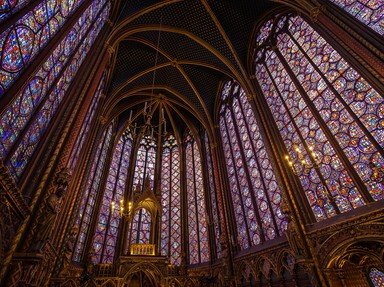
No One Expects the French Foreign Legion! Quiz
The French Foreign Legion has become a cultural icon in a range of media in much the same way as the following have for their respective nations. Your task is to match the country with the icon.
A matching quiz
by pollucci19.
Estimated time: 3 mins.
- Home
- »
- Quizzes
- »
- World Trivia
- »
- Cultures
- »
- European Cultures
